
New York’s Climate Law in the Adirondacks | Part One
By: Caroline Dodd - Adirondack Council’s Clarence Petty Legislative Intern
Wednesday, April 1, 2020
This blog is the first in a series that will examine the potential impacts and changes in the Adirondacks that will result from the implementation of New York’s Climate Leadership and Community Protection Act. How will the law impact our farms? Where will new renewable energy projects be sited? How will communities need to adapt? What can you do to help? This blog series will examine these questions and more, with the goal of shedding light on the challenges and opportunities the Adirondack region will face in mitigating and adapting to climate change under New York’s revolutionary new climate law.
Growing up in the Adirondack Park has given me seemingly endless opportunities for outdoor exploration through a myriad of activities - hiking, skiing, paddling, running, and more. I eagerly anticipate the changing seasons, embracing the frigid winter air and welcoming the return of our beloved blackflies that signifies warmer days ahead. I spent much of my childhood taking for granted the neck-deep snow drifts in my backyard and the icy lake water that took my breath away even in the middle of August. It wasn’t until I learned about climate change in school that I began to reevaluate some of the subtle changes I had seen over the course of my lifetime. I never knew there might be reasons or patterns behind the frequent winter thaws and especially hot summer days, or that the devastation from Hurricane Irene might hint at more frequent and severe weather events to come. The more I learned about climate change, the more enormous and terrifying it seemed, and the more fear I felt for the future of my home region.
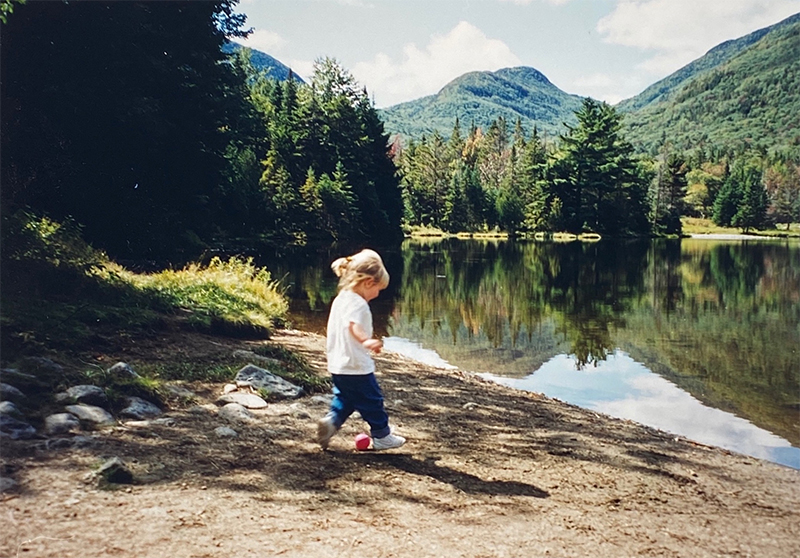
It also became apparent how fortunate I am to live in a place that is relatively safe from the worst impacts of climate change, such as coastal erosion caused by sea level rise, or temperatures so high that the streets literally melt. There are populations globally that are extremely vulnerable to these types of impacts, but the Adirondacks’ inland location and mild northern climate provide a measure of resilience to the most severe impacts felt in other parts of the world. Our climate resilience as a region means that implementing climate solutions in the Park will have cascading positive effects – in addition to mitigating the impacts of climate change here in the Adirondack Park, we will also help with efforts to reduce impacts globally.
Climate Change
Climate change is the increase in average global temperatures, known as global warming, over time as a result of increased concentrations of greenhouse gases (GHGs) in the atmosphere. Addressing climate change is humanity’s greatest challenge, and recent predictions show that we are entering a critical window of opportunity to mitigate the worst of its impacts. Global effects of climate change range from sea level rise to severe droughts, desertification to extreme flooding, and record highs to unpredictably frigid temperatures. As climate change progresses and average global temperatures continue to rise, these impacts will only worsen.
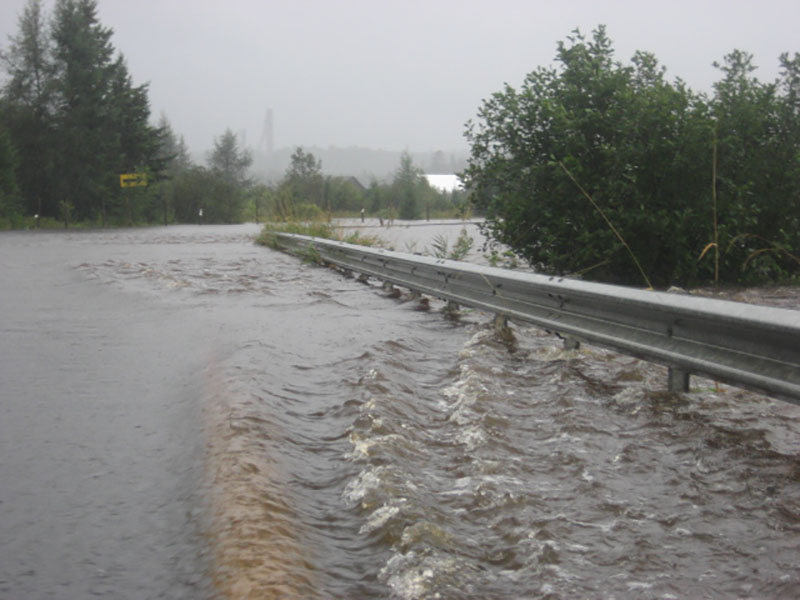 Flooding from Tropical Storm Irene, 2011
Flooding from Tropical Storm Irene, 2011
Small, developing nations who are least responsible for contributing to climate change will face some of the most severe consequences, as many of these nations are coastal and are already experiencing land loss due to sea level rise. Developed nations, such as the United States, are the greatest emitters of climate-warming GHG emissions. They also have the opportunity however to lead global efforts to mitigate the impacts of climate change by reducing GHG emissions through a variety of efforts.
Unfortunately, the federal government has yet to capitalize on this opportunity and provide the kind of urgent response that the climate crisis warrants. This leaves the responsibility of climate action to state and municipal governments. Twenty-five states have already committed to taking strong climate action by joining the U.S. Climate Alliance. The principles of the Alliance include implementing policies to advance the goals of the Paris Agreement, as well as “Accelerate new and existing policies to reduce carbon pollution and promote clean energy deployment at the state and federal level.” New York’s new climate law aims to achieve these goals and has poised New York State as the nation’s leader on climate.
New York’s New Climate Law
In June 2019, New York State Governor Andrew M. Cuomo collaborated with the Legislature to enact the Climate Leadership and Community Protection Act (CLCPA or the Act). The groundbreaking legislation is the most aggressive state climate law in the nation, and, once implemented, will bring New York State to the forefront of climate action. The CLCPA is divided into several sections, each of which is a different provision that will help the state achieve bold climate goals.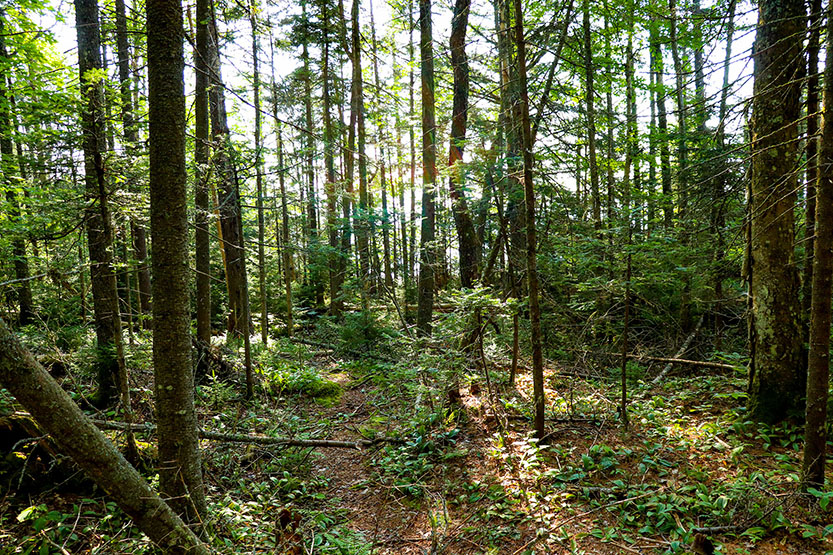
The first major provision is a commitment to achieve net-zero greenhouse gas emissions statewide by 2050. The bill sets several benchmarks designed to achieve this: 40% emissions reductions from 1990 levels by 2030, and 85% emissions reductions from 1990 levels by 2050. The remaining 15% may either be directly reduced or offset through initiatives that sequester or remove greenhouse gases from the atmosphere. Offset projects are restricted so that they do not harm disadvantaged communities and must be located within 25 miles of the source they offset to ensure local benefits.
The second provision is a set of ambitious targets in the electric sector. These will build on the state’s existing Clean Energy Standard, and include the goals of achieving 70% renewable energy by 2030, and 100% emissions-free energy by 2040. The CLCPA details plans for offshore wind, solar energy, energy efficiency improvements, and energy storage capacity.
The third provision is a Climate Action Council and Scoping Plan. The Climate Action Council, which recently held its first meeting, is a 22-member body made up of many stakeholders responsible for the implementation of the CLCPA. Members include the leaders of state agencies, as well as scientists, environmental advocates, and representatives of the energy industry. The Council is tasked with preparing a Scoping Plan which will include recommendations for emissions reductions and be incorporated into the state’s energy plan in the next two years. The Plan will inform the state’s regulatory agencies and requires them to assess whether their practices are consistent with the state’s emissions reduction goals.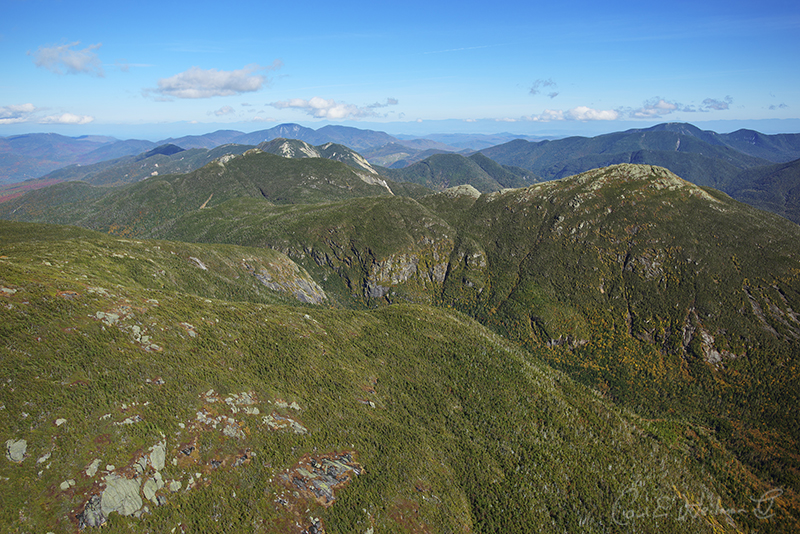
The final major provision of the CLCPA is a Climate Justice Working Group, which is designed to ensure that disadvantaged communities in New York State receive a minimum of 35% of the benefits of the emissions reductions achieved through the law. The Group will work to identify and prioritize disadvantaged communities based on a set of criteria determined by considerations of public health, environmental hazards, and socioeconomic factors. The CLCPA will also address poor air quality that disproportionately impacts disadvantaged communities, and work to ensure that the siting of renewable energy projects does not disproportionately affect these communities.
By April 1, New York will pass its first state budget since the passage of the CLCPA in June 2019. The Adirondack Council and partners are hopeful that state leaders in Albany will follow up on their commitments in the CLCPA by passing a state budget that funds New York’s transition to a green energy system, reduces greenhouse gasses, funds clean water projects, and enhances climate change resiliency. These achievable goals will happen if New York passes the proposed Restore Mother Nature Bond Act and a $300 million Environmental Protection Fund, two environmental funding sources that will be the cornerstone of the state’s fight against climate change. The long-term success of the CLCPA and New York’s ambitious climate goals will heavily depend on state leaders passing budgets each year that renew their commitment to funding environmental and clean energy projects across the state.
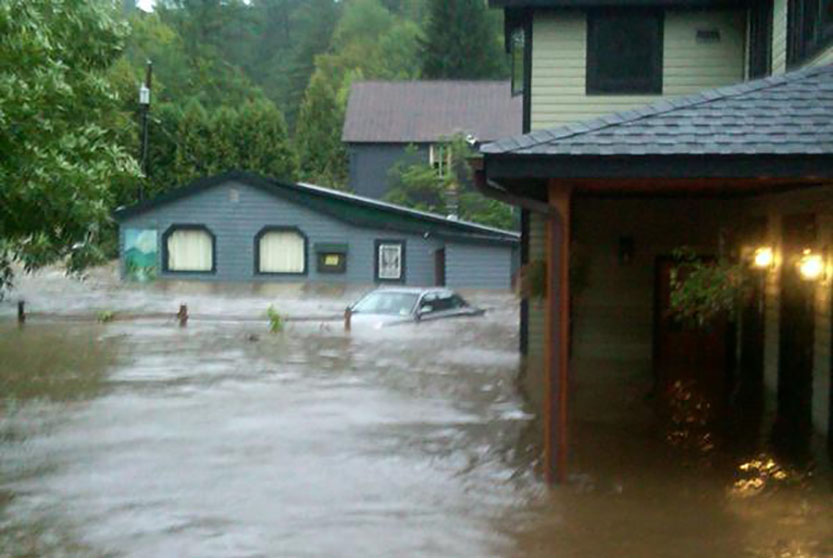 Aftermath in Keene from Tropical Storm Irene, 2011
Aftermath in Keene from Tropical Storm Irene, 2011
CLCPA in the Adirondacks
The CLCPA sets bold and clear targets for New York State, and its implementation will require similarly bold changes at state, regional, municipal, and even individual levels. What does this mean for the Adirondacks? What types of projects might we see implemented in the future? While it is impossible to know the exact answers to these questions this early in the scoping plan process, it is useful to consider how climate solutions implemented in the Adirondacks will have lasting positive impacts. Strengthening climate resilience through the provisions of the CLCPA will allow future generations to enjoy an Adirondack Park that is recognizable and habitable. Future blogs in this series will explore the impacts of the CLCPA on different sectors in the Adirondacks.
Caroline Dodd, a Saranac Lake native, is the Adirondack Council’s Clarence Petty Legislative Intern for the 2020 legislative season. She graduated from Cornell University, where she studied Environmental and Sustainability Sciences with a concentration in Environmental Policy and Governance and a minor in Music. Caroline has worked with The Wild Center’s Youth Climate Program and is also a member of the Lake Placid Climate Smart Communities Task Force, where she is working to conduct an emissions audit to provide recommendations for more sustainable and environmentally sound practices in the Village of Lake Placid. As the Council’s Legislative Intern, Caroline is tracking legislation that pertains to the Adirondacks and advocating in the state legislature on behalf of the Adirondack Council.




